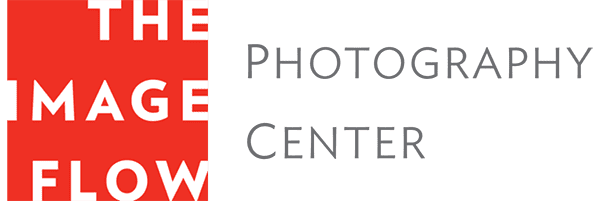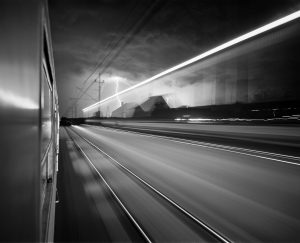
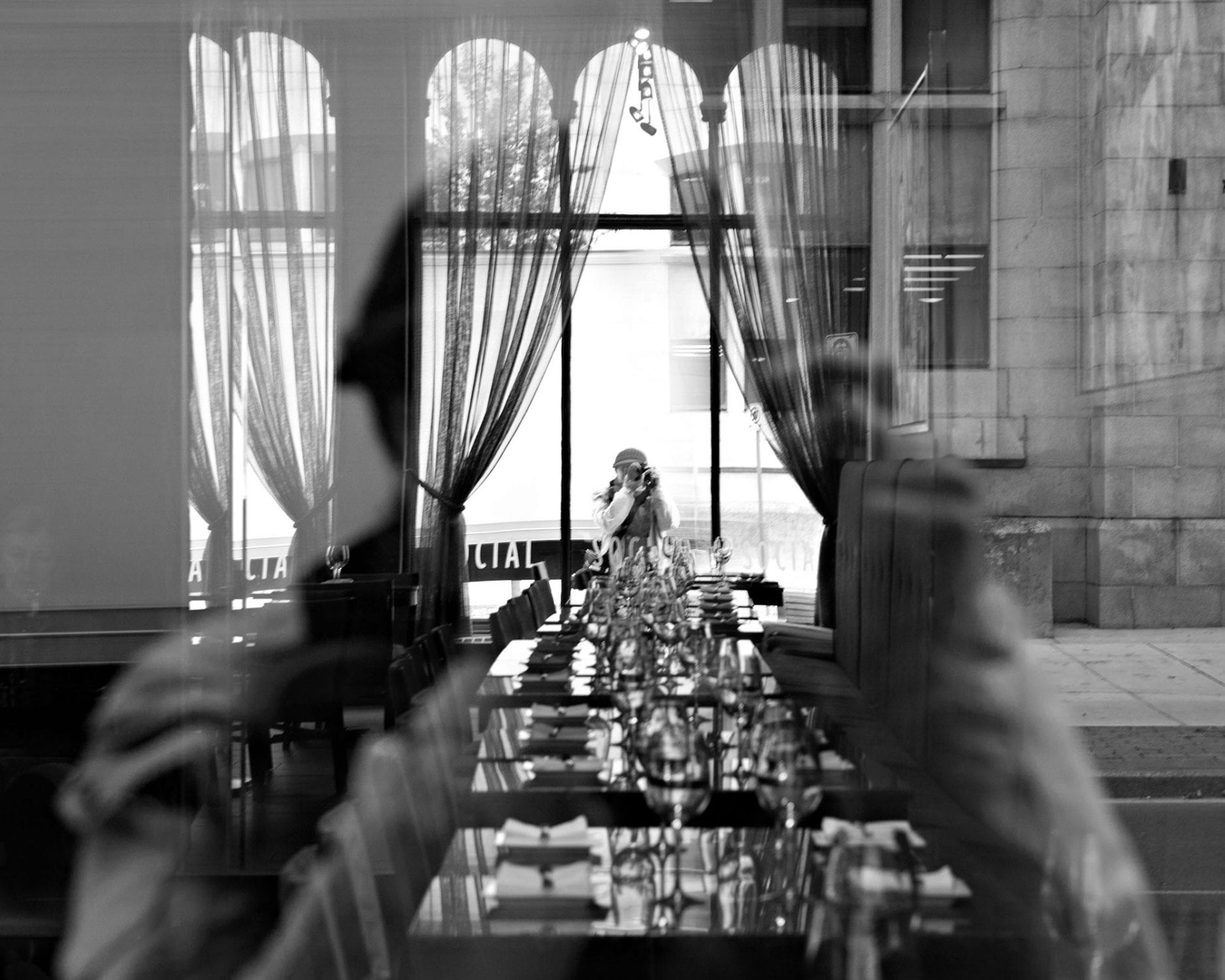
Hey kids—have you ever opened up your Instagram feed and thought, “Whoa—how’d they do that?” Or even worse, start to feel like your own photos just aren’t good enough? And then you think, “How am I ever going to become a better photographer?”
Believe it or not, I was a brain researcher before I became a photographer. It was my job to grow cancer cells to study how endogenous compounds structurally similar to the active components of marijuana affected pain perception—sounds hard right? Well, when I first decided I wanted to become a photographer instead, that sounded harder.
Getting good at photography is just like anything else: To be good, you’ve got to work at it. Just ask Edward Weston. He famously said, “Photography to the amateur is recreation, to the professional it is work, and hard work too, no matter how pleasurable it may be.”
While I can’t guarantee you fame and fortune in photography, I can tell you that becoming a better photographer is not as daunting a task as it may sometimes seem—and it will also be a lot of fun.
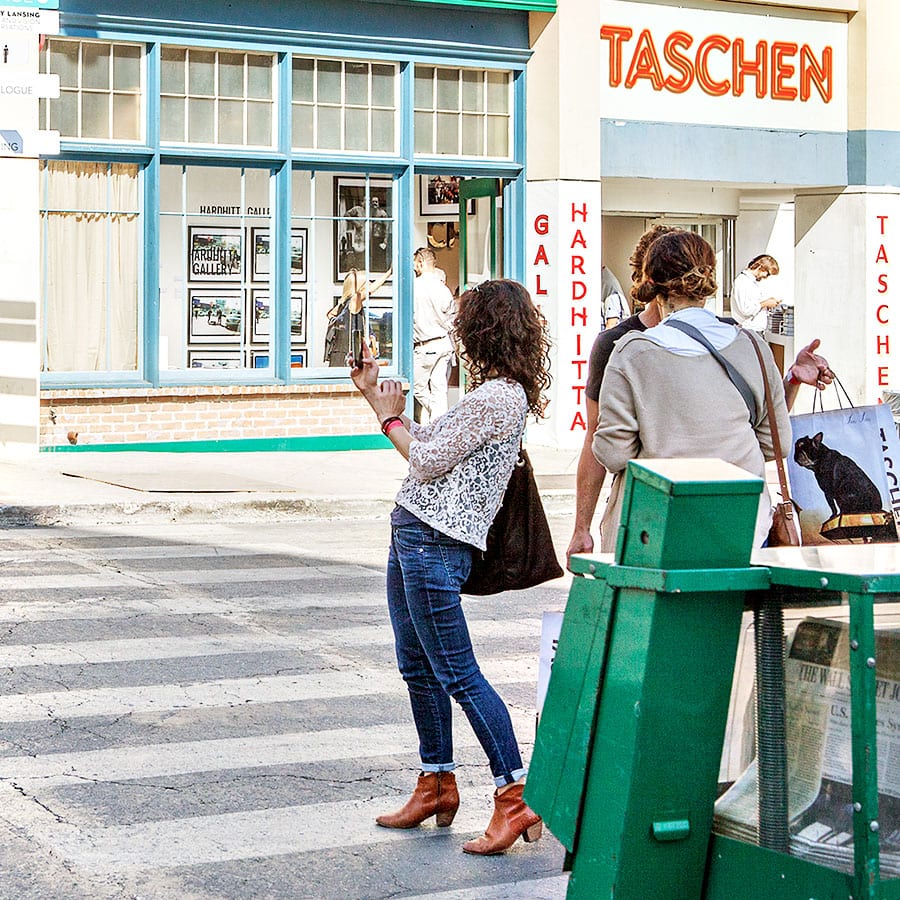
As the saying goes, practice makes perfect. Henri Cartier-Bresson tells us, “Your first 10,000 photographs are your worst.” You won’t grow as a photographer if you don’t know what you like to photograph, and you won’t figure out what you like to photograph if you don’t shoot a lot of different subjects. Once you narrow it down to a few things you like to photograph—friends (portraits), sunsets (landscapes), or odd found shapes (abstracts)—go out and look for those things and shoot them every day.
Get a group of friends together and do a faux fashion shoot, take a hike to the top of Mount Tamalpais, or set up a makeshift studio with some white poster board and photograph shapes and shadows with your little brother’s Legos. The more you shoot, the sooner you’ll get to 10,001.
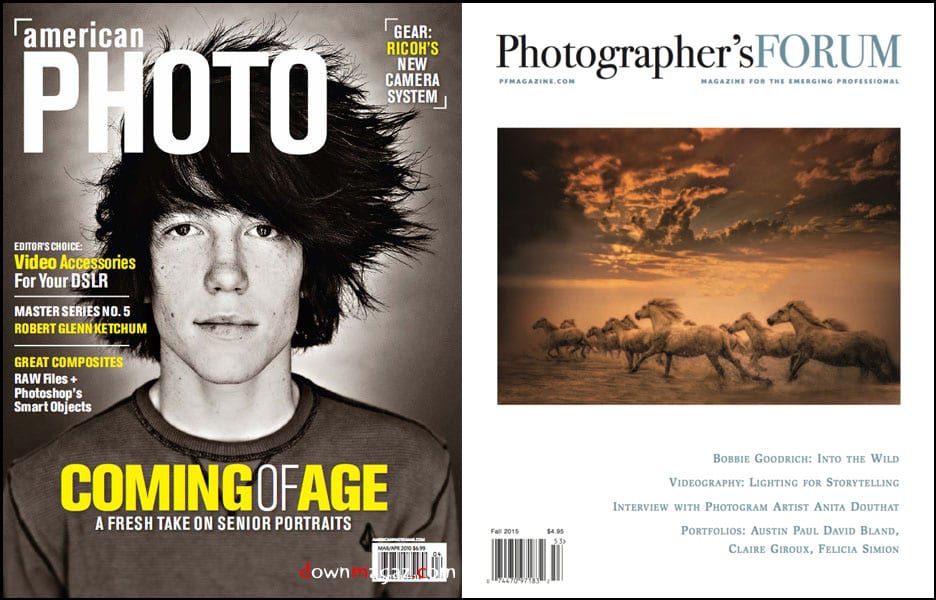
Imitation is the best form of flattery, and it’s also a great way to explore and learn. But don’t hamstring yourself by only looking at the work of photographers you like. Seek out a wide variety of photographers and photography styles and try them all.
To get experience as a photographer, I spent more than a year working as an intern for Jim Goldberg doing everything from walking his dog Louis to installing blinds in his studio to hand-coloring one of his amazing images from his water project in Haiti called Artibonite. He works with digital and analog multimedia documentary photography—very different from what I was interested in, but an incredible and eye-opening experience.
Here are a few other photographers to check out:
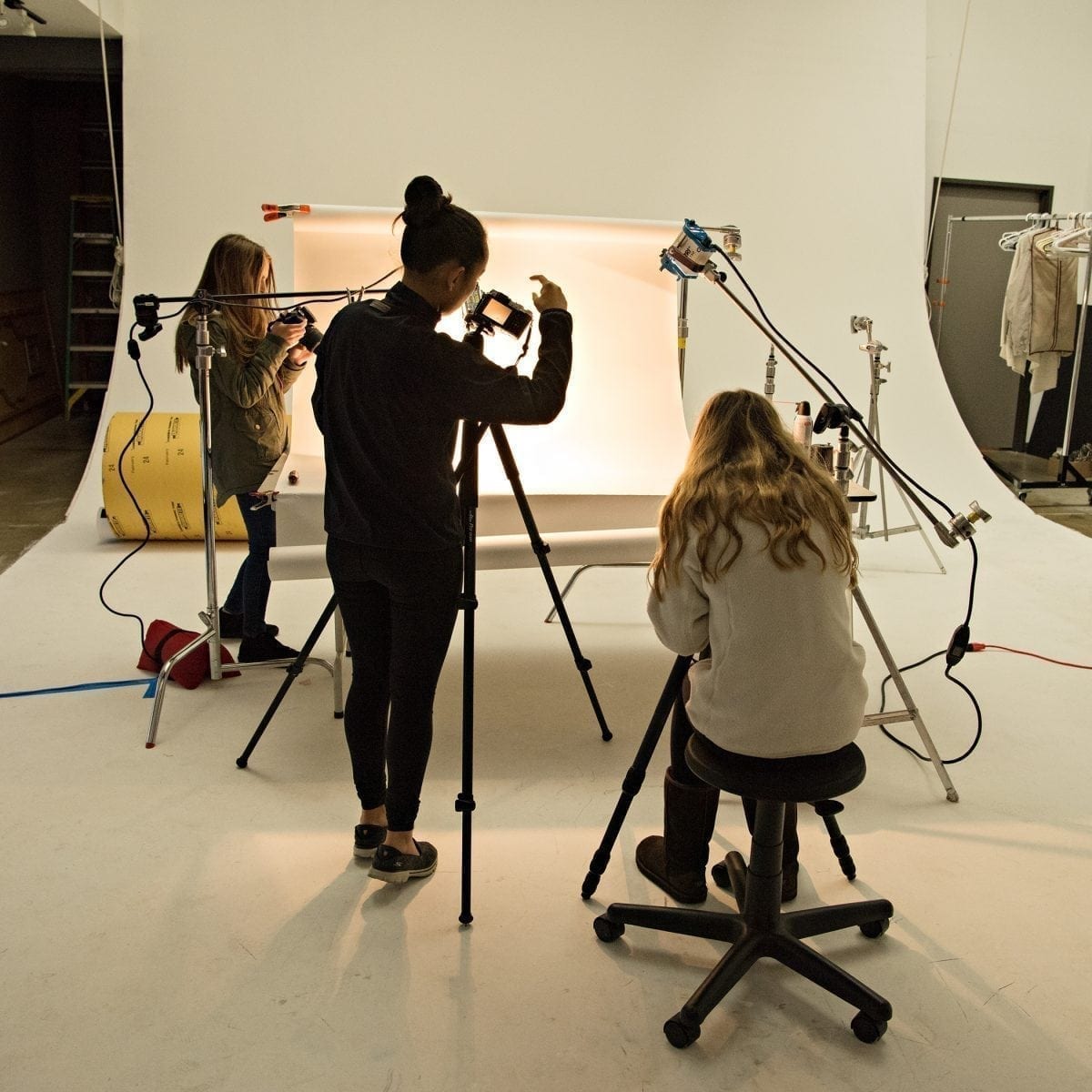
Putting your camera on a tripod opens up a whole new world of creative possibility. From shooting long exposures of flowing streams to interesting sequences with the same static background to self-portraits to night photography—the tripod is an essential piece of equipment in any serious photographer’s gear bag.
Tripods range in price from $20 to thousands of dollars, so how do you know which one to get? Look for a tripod that is lightweight, but sturdy enough to hold the weight of your camera without tipping over. You also want to find one that allows you to easily angle your camera in a variety of ways. You should be able to get a decent entry-level tripod for around $100, but if you invest a little more in a good one, it will last you forever.
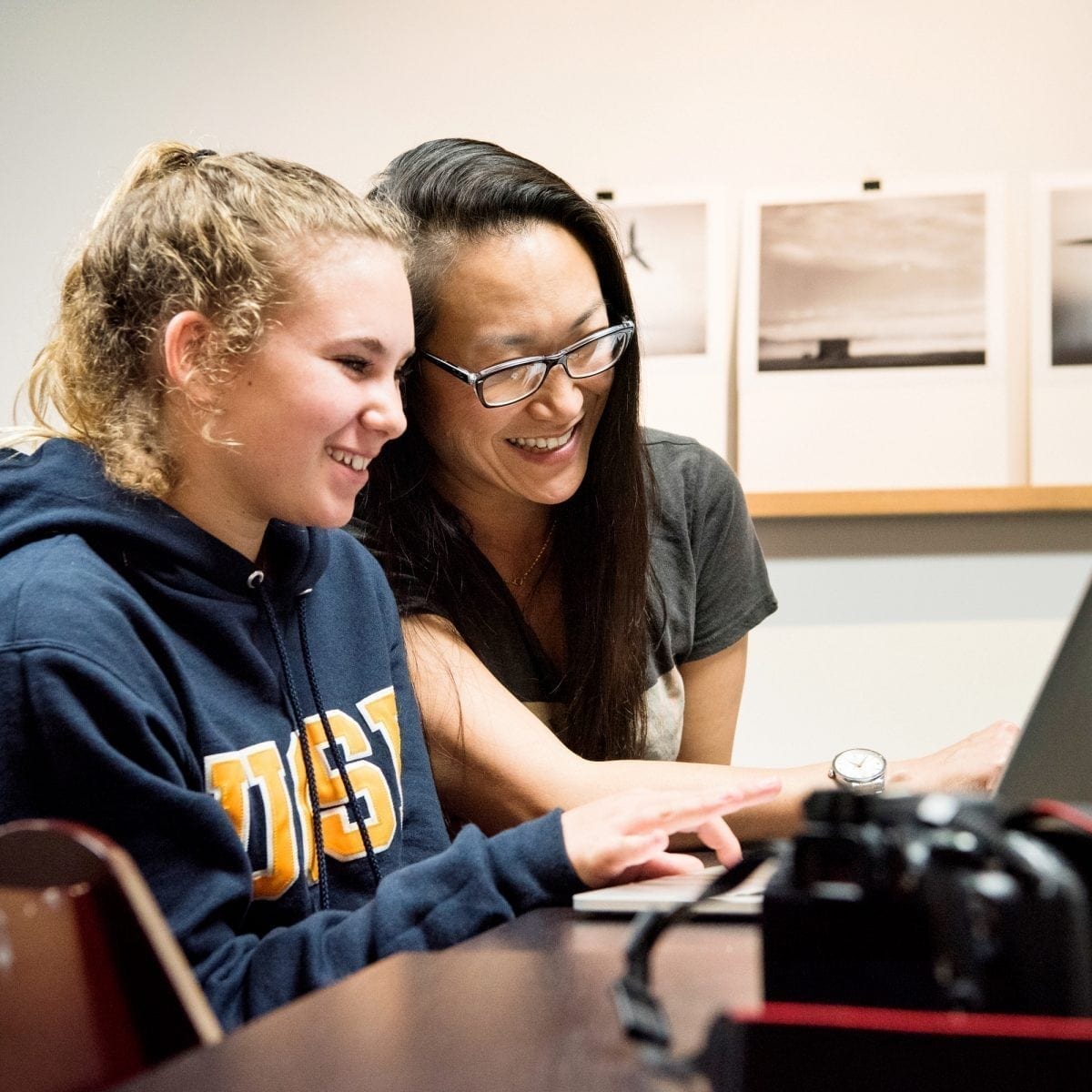
Whether you join a photo club, enter your work into a photo contest, or share images on Instagram, don’t be afraid to hear what people have to say. When I was first getting into photography, I took a ton of photography workshops to learn about my camera and to be around other photographers that were just starting out like I was. It was helpful to be in a community of people all working toward the same goal—even if our work was often vastly different.
I know it can be intimidating to put your work out there in the world and ask family, friends, and even strangers to judge it, but it’s the most valuable thing you can do for yourself as an artist. You may not get hundreds of “likes” every time, but it’s fun to learn how others view your work, which can be both enlightening and inspiring!
So what are you waiting for? Get out there and shoot!
Constance teaches a number of workshops for young photographers at The Image Flow, the Angel Island Summer Photo Excursion August 8 – 11 and Digital Photography for Kids September 28 – November 2.

